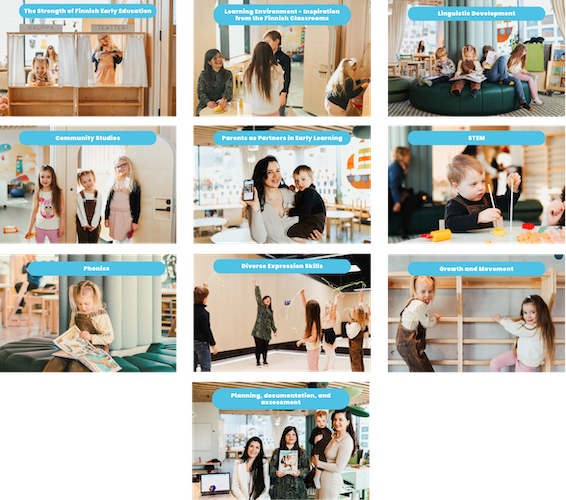As the new year approaches, January 7, 2024, marks a pivotal moment for private preschools in India with the official launch of the Kindiedays Academy workshop program. Designed to empower educators and managers while driving business success for preschool owners, this initiative is the next step in transforming early childhood education with a unique Finnish-Indian curriculum.
Whether you aim to differentiate your preschool, improve parent satisfaction, or create a high-quality learning environment, now is the time to join the movement and renew your approach to early education.

Why Join Kindiedays Academy?
Kindiedays Academy workshops are built on Finland’s world-renowned pedagogical practices and tailored to Indian preschools. By participating, stakeholders—teachers, managers, and owners—can look forward to the following benefits:
.png)
.png)

